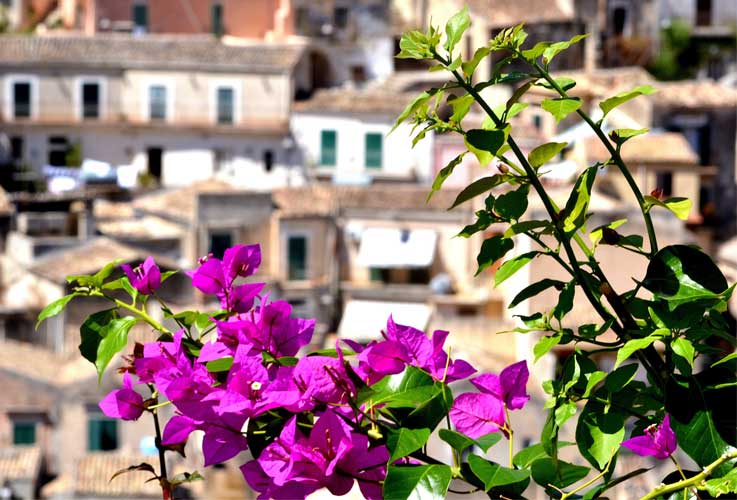Only a man like Franco Ruta could have discerned a baroque jewel in the town of Modica of the early Nineties, which was waiting to be brought to light and appreciated in its entire beauty. Through the Antica Dolceria and his love for culture, Ruta interpreted the developing potentialities that can nowadays be fully seen in the international reputation Modica has reached. Declared a Unesco World Heritage site and destination of thousands of visitors that are bewitched by the town’s charm and its history, and are fascinated by quaint landscapes and pleased by its gastronomy.
Bonajuto and Modica
Being very close to his region, lover of beauty and knowledge, enthusiast but at the same time clear-headed critic of a town full of contradictions, but nonetheless captivating, such as Modica is, Franco Ruta has first of all been a tireless photographer of Sicilian landscape and the human soul.
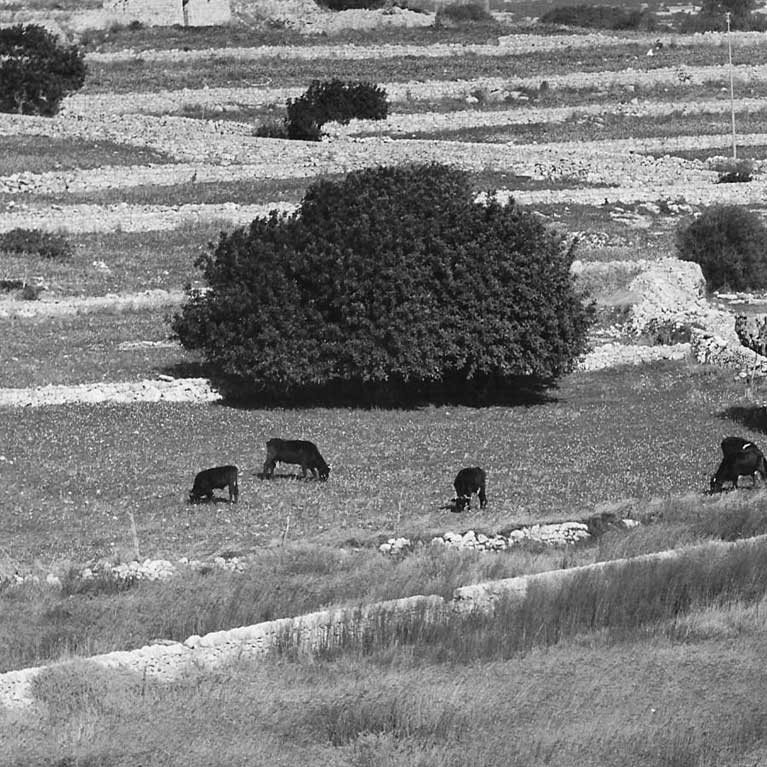
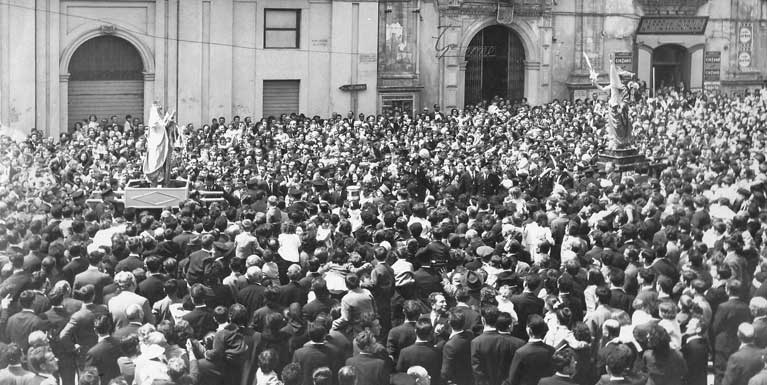
Images of the countryside and coastline of Modica, illustrations of festivities and snapshots “stolen” from everyday life of a resistant town. Furthermore, pictures that tell about Easter and Saint Peter’s feast, such as they used to be experiences some decade ago in Modica, festivities of a religious ritual, but also – and maybe above all – the joy and candour of folk cult.
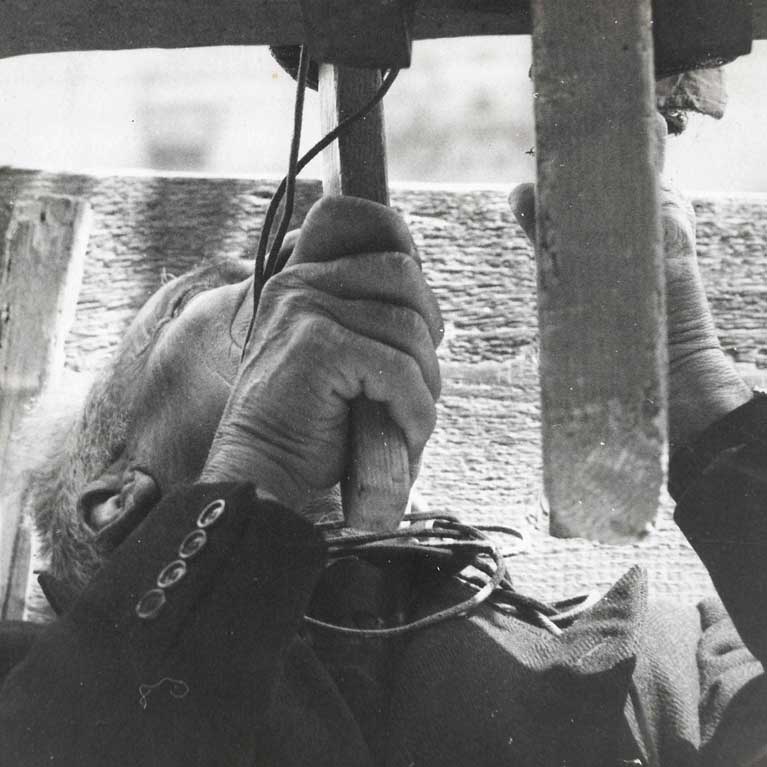
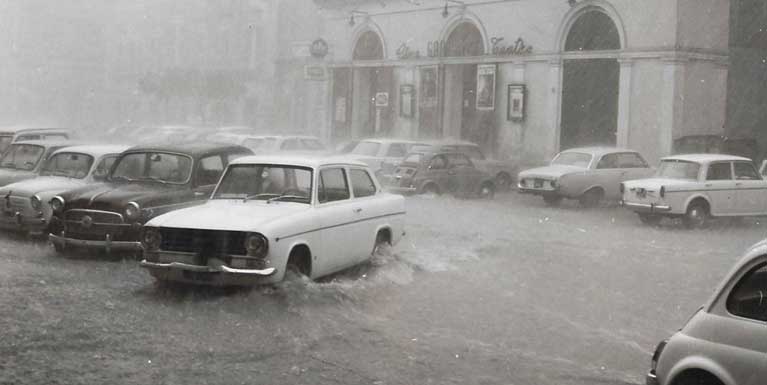
And even Cartellone, old Jewish ghetto and afterwards authentic working class district with houses dug in rock that were often overflown with poverty and life.
Bonajuto’s connections to Modica don’t stop with the town’s geography, but are intertwined with other characters that left a mark in the cultural background, and sometimes represent a critical voice compared to the society of town of past decades, for which the Antica Dolceria Bonajuto dealt with the publication of works telling pieces of town, authors that offered the County a lot, and actually shared and built it together.
Among others, we talk about the brothers Franco Antonio and Duccio Belgiorno, famous protagonists of the cultural life of Modica, and about writer Raffaele Poidomani, whose great talent and peculiar character has always been highlighted by Franco Ruta. Writer and journalist Franco Antonio Belgiorno, for example, would dedicate many pages of his literary work and articles to “Bonajuto’s” coffee, exalting its pastries, but above all its chocolate featuring “terrestrial” taste and made “with old gestural art”.
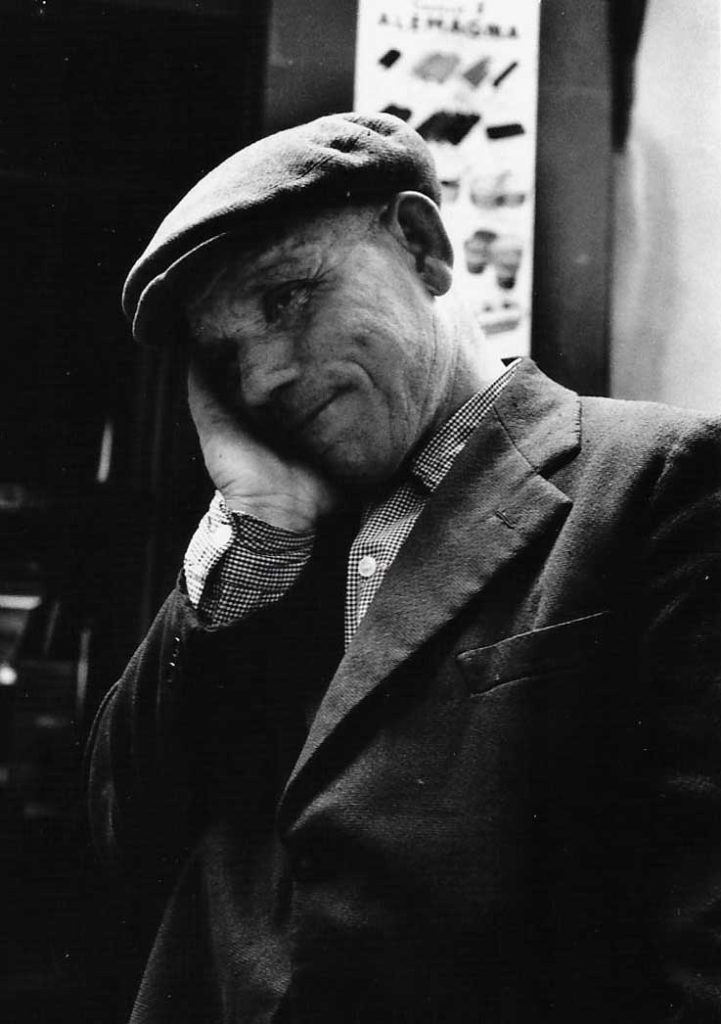
Moreover, the unforgettable “Wooden biscuit”, a short story where Raffaele Poidomani tells about the events of the ethereal Marquis del Burgio
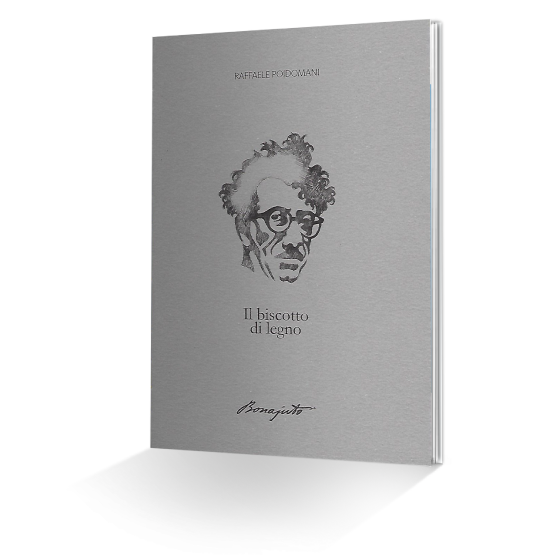
Palm Square
In the end, the connection between the Antica Dolceria Bonajuto and Franco Ruta with the town arises also in the mythical area of the “Palm Square”.
A town teeming with cultural and literary associations, the “Square” represents an imaginary and imagined place, both from a literary and real viewpoint, a small square situated just in front of the alley where the Dolceria is situated, including the historical bookseller and friend Francesco Trombadore, who treasures these stories that are moving and full of life.

